Dried shiitake mushrooms (Dried Shiitake Mushrooms ) are an essential ingredient in many Asian cuisines. Their rich aroma and unique texture have made them popular worldwide. In international markets, more and more consumers are paying attention to how to properly select, store, rehydrate, and cook dried shiitake mushrooms.
I. How to Choose High-Quality Dried Shiitake Mushrooms
1. Appearance: Thick, Intact, and Naturally Colored
High-quality dried shiitake mushrooms typically exhibit the following visual characteristics:
Intact and Plump Caps: Round in shape, without cracks or damage.
Uniform and Natural Color: Deep brown or grayish brown; should not be too white or too black.
Dry Surface Without Mold Spots: Dry to the touch, not sticky, and free from unpleasant odors.
2. Differentiating Mushroom Types
Common types of dried shiitake mushrooms include Huagu (flower mushroom) and Hougu (thick mushroom):
Huagu (Flower Mushroom): Also known as winter mushroom, with natural cracked patterns on the cap — highly aromatic and considered premium quality.
Hougu (Thick Mushroom): No obvious cracks but thick and meaty, suitable for stewing dishes.
3. Smell Test: Aroma Is Key
When opening the package, high-quality dried shiitake mushrooms should emit a rich, natural woody and earthy aroma. If there is a sour, moldy, or bitter smell, it may indicate moisture damage or poor quality.
4. Weight Comparison
Among mushrooms of similar size, lighter weight indicates better drying performance, longer shelf life, and higher rehydration rate.
II. How to Store Dried Shiitake Mushrooms to Maintain Optimal Quality
1. Keep Dry to Avoid Moisture
The biggest threat to dried shiitake mushrooms is moisture. Once damp, they can easily develop mold, lose aroma, and reduce rehydration effectiveness. After opening, store in a sealed container in a dry, well-ventilated, and light-protected environment.
2. Refrigeration or Freezing Recommended
In humid environments or when purchasing in bulk, store in sealed bags in the refrigerator or freezer to extend shelf life and prevent insect infestation.
3. Use Desiccants or Vacuum Sealing
Place food-grade desiccant packs or use vacuum sealing during storage to enhance preservation, especially for long-term storage.
III. How to Rehydrate Dried Shiitake Mushrooms – Key Steps and Time Control
Proper rehydration significantly affects the flavor and texture of dried mushrooms in cooking — making it one of the most frequently asked questions among overseas users.
1. Water Temperature Selection
It is recommended to use cold or warm water instead of hot water for rehydration. Although hot water speeds up the process, it can cause loss of aroma and nutrients.
Cold Water Soaking: Takes 6–8 hours, best preserves aroma — ideal for advance preparation.
Warm Water Soaking: Use water at 30–40°C for 2–3 hours — balances efficiency and flavor retention.
Hot Water Soaking: Not recommended — may result in loss of aroma and tough texture.
2. Water Quality and Hygiene
Use clean drinking water for soaking. Do not discard the soaking liquid after rehydration — it contains concentrated mushroom essence and can be used in soups, stews, or sauces.
3. Should You Wash Before Soaking?
Rinse quickly under running water before soaking to remove surface dust. Gently wash the gills again after rehydration. Avoid prolonged soaking followed by aggressive scrubbing, which may cause nutrient and flavor loss.
4. Signs of Proper Rehydration
Soft and elastic texture
Stems easy to cut or trim
Noticeable increase in volume after absorbing water
IV. What to Do With the Mushroom Stems After Rehydration
The stems of dried shiitake mushrooms are usually harder than the caps and take longer to soften. Depending on the recipe:
Remove and Discard: Suitable for quick stir-fries or simple soups where soft texture is desired.
Chop and Cook in Soup: Cut into small pieces and add to rice porridge or broth to release flavor.
Slow Simmer: In slow-cooked dishes like braised meats or soups, both caps and stems can be cooked together until tender.
V. Preparation Before Cooking
1. Cutting Methods and Culinary Uses
Whole Mushrooms: Ideal for braising or stewing, maintaining visual appeal.
Sliced: Better for stir-frying or mixing into salads for even flavor absorption.
Diced or Shredded: Used in fillings for dumplings, buns, or spring rolls.
2. How to Use Mushroom Soaking Liquid
The soaking liquid (often called "mushroom stock") is rich in umami flavor and commonly used in:
Soup bases
Rice or porridge cooking
Sauce preparation
Let it settle for a few minutes before carefully pouring off the clear upper layer, avoiding sediment that may affect texture.
VI. Common Cooking Methods Using Dried Shiitake Mushrooms
Stir-Fry
Sliced rehydrated mushrooms pair well with vegetables or meats. They absorb flavors well and work particularly well with soy sauce or oyster sauce.
Braising & Stewing
Commonly added to chicken soup, pork rib soup, etc., significantly enhancing the depth and richness of the broth.
Red-Braised Dishes
Examples include red-braised tofu with mushrooms or braised pork with mushrooms — where mushrooms soak up the sauce and enhance overall flavor.
Stuffing Ingredients
Chopped mushrooms mixed with pork, chicken, or tofu make excellent fillings for dumplings, buns, and spring rolls, offering intense umami notes.
VII. Common Mistakes in Rehydration and Solutions
| Problem | Possible Cause | Recommended Solution |
| Mushrooms remain hard or chewy | Water too hot or soaking time too short | Extend soaking time with cold or warm water |
| Unpleasant odor | Spoiled mushrooms or soaking too long without changing water | Replace mushrooms or shorten soaking duration |
| Darkened gills | Moisture damage or improper storage | Discard affected parts |
VIII. Frequently Asked Questions (FAQ)
Q1: Can dried shiitake mushrooms be eaten raw?
No. Dried shiitake mushrooms must be fully rehydrated and thoroughly cooked before consumption. Eating them uncooked may result in bitterness or digestive discomfort.
Q2: Can I rehydrate mushrooms in a microwave?
Not recommended. Microwaving may lead to uneven cooking — outer layers become overcooked while the inside remains hard.
Q3: How long is the shelf life of dried shiitake mushrooms?
Under dry and sealed conditions, dried shiitake mushrooms can last 12–24 months. However, for optimal aroma and texture, it’s best to consume them earlier.
Q4: Are dried shiitake mushrooms suitable for vegetarians?
Yes. Dried shiitake mushrooms are plant-based, high in protein, low in fat, and ideal for vegetarian diets.
IX. Conclusion
As a traditional ingredient rich in aroma and nutrition, dried shiitake mushrooms offer great culinary value when selected, stored, rehydrated, and cooked correctly. Mastering proper techniques allows you to fully unlock their flavor potential and elevate everyday meals. Whether in home kitchens or professional restaurants, dried shiitake mushrooms demonstrate exceptional versatility and practicality.
If you have any further questions about using or sourcing dried shiitake mushrooms, feel free to contact us:
E-mail: [email protected]
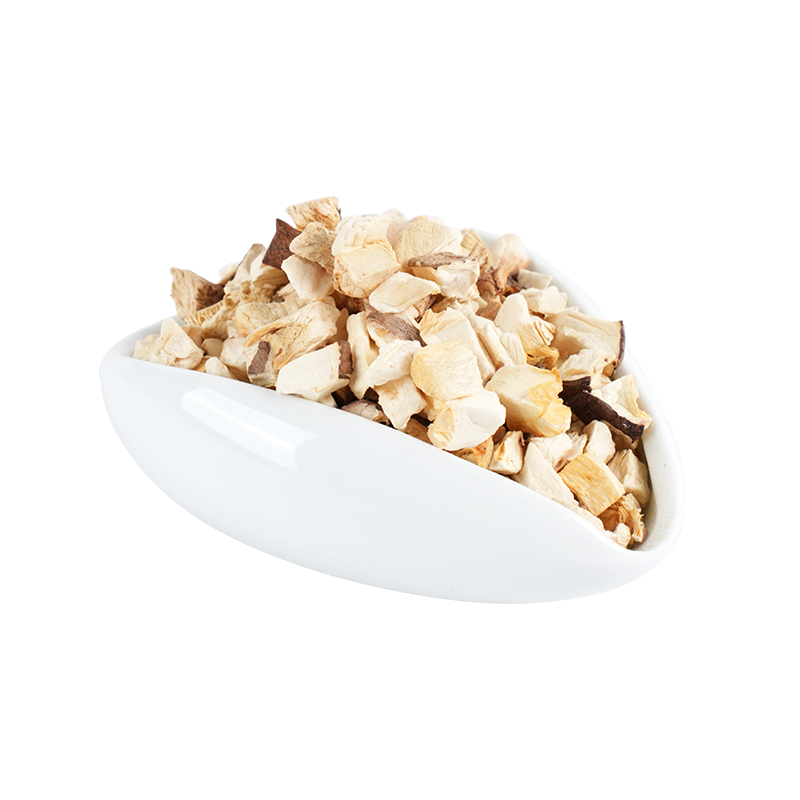

 English
English 中文简体
中文简体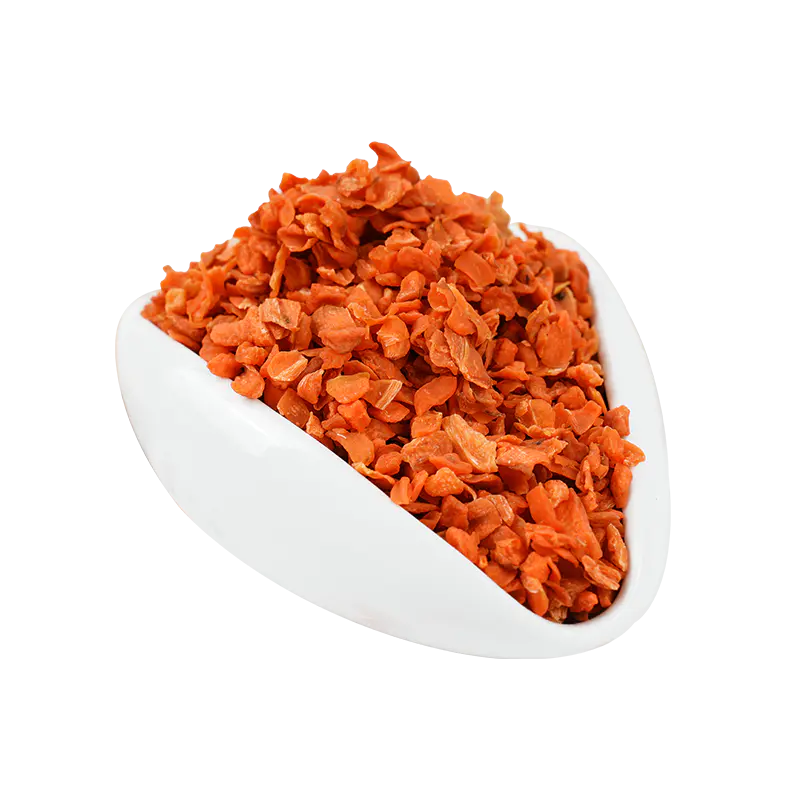
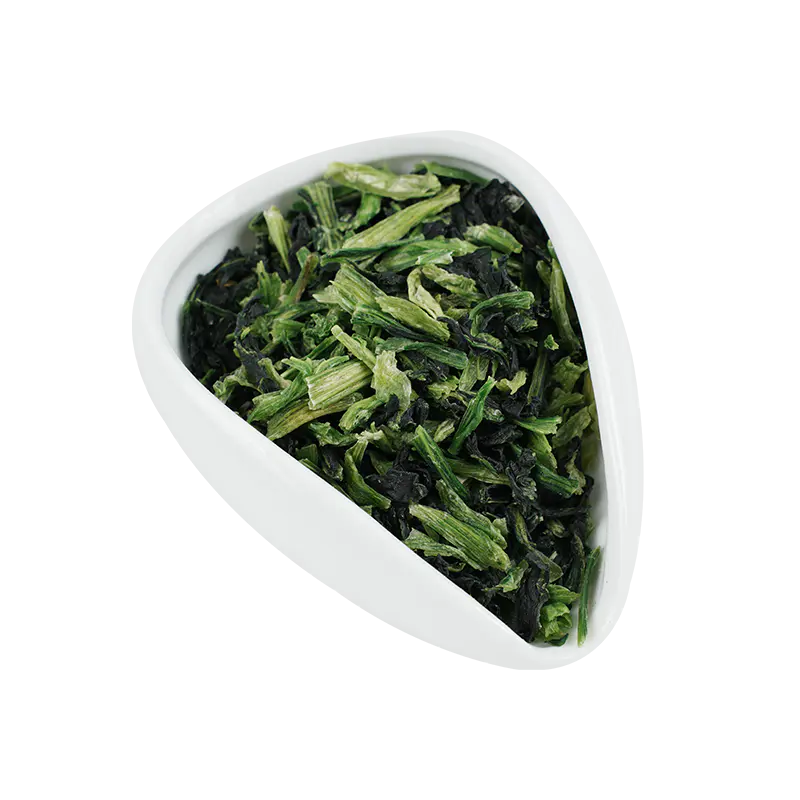
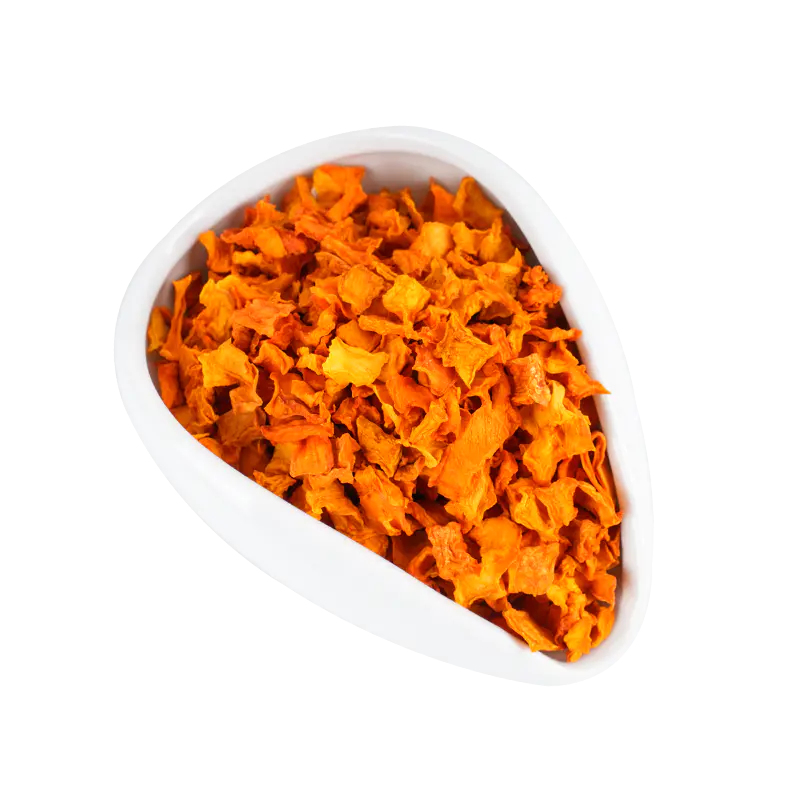
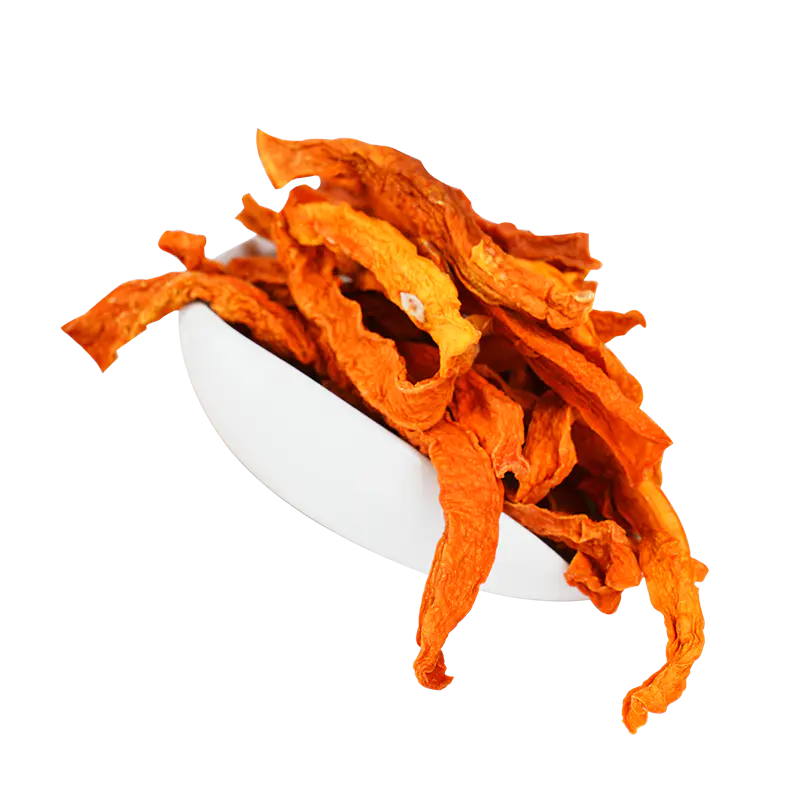
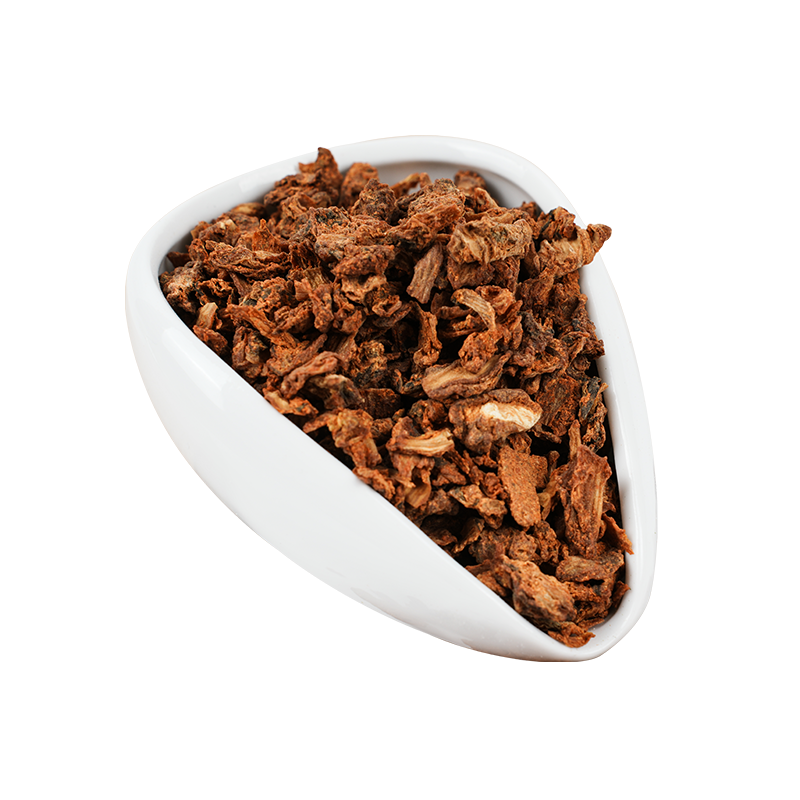

 Xinqian Village (Dehydrated Fruit and Vegetable Industrial Park), Duotian Street, Xinghua City, Taizhou City, Jiangsu Province, China
Xinqian Village (Dehydrated Fruit and Vegetable Industrial Park), Duotian Street, Xinghua City, Taizhou City, Jiangsu Province, China +86-13852647168
+86-13852647168
